Kayaking in Sea of Cortez San Fancisquito, Water! Day 21

There was a heavy dew last night at my campsite on the shore of Bahia San Rafael, mostly outside my tent. Kayaking in Sea of Cortez, I often slept with the screen open so that everything seemed damp inside. It’s only about 60 miles across the Baja Peninsula to Pacific Ocean at this point. Maybe the moist air from the Pacific rolls through some canyons right across the Baja Peninsula, and that was why the dew was so heavy here. While waiting for the sun to dry my stuff, I walked back into the desert. The vegetation here was more open and was now dominated by chollo and saguaro cactus.
I launched the kayak and after two full hours of steady paddling I reached Punta Ballena. I was about 5 miles from San Francisquito, I think. There was a pod of about eight porpoise that passed right by me in water about 3 feet deep. I had brunch right at the point and Isla Ángel de la Guarda was now barely visible in the haze to the north, and I will lose sight of this major guidepost as I pass this point.
As described by Rick Brusca, a biologist would find the most special thing about Isla Ángel de la Guarda to be two small coastal lagoons in the southeastern corner of the island. It was here that one of the most exciting biological discoveries possible was the finding of living stromatolites. Stromatolites are pancake-stacked sheets of filamentous cyanobacteria, layered with mud and sand, that were known as some of the oldest biological fossils on earth (dating to 3.8 billion years ago) long before they were discovered to be living anywhere. We now know that living stromatolites occur, uncommonly, in hypersaline, herbivore-free environments around the world and they occur in two coastal lagoons of Isla Angel de la Guarda. I was thrilled to learn of stromatolites on this island that was so important in my travels on the Sea of Cortez.
When I rounded Punta Ballena, the Vulcan las Tres Virgenes came into view, three very large volcanic mountains that are about 20 miles north of Santa Rosalia, my eventual destination. The volcanoes looked very distant, probably about 80 miles from where I was, but they would be the focus of my travels for the next week. After passing the point, the geology changed and it was a very rocky coast with many small inlets and small beaches, mostly pebbles but with some very nice sandy spots.
I was calculating the amount of water and food I had and thinking that maybe I did not have to stop at San Francisquito for water. But when I saw what a beautiful beach there was at San Francisquito, I decided to stop anyway. Lucky that I did because, when talking to some people there, I found that it was between 100 and 120 miles to Santa Rosalia, not the 80 miles that I thought. There were no other places that I could count on to resupply so I would very definitely need the water.
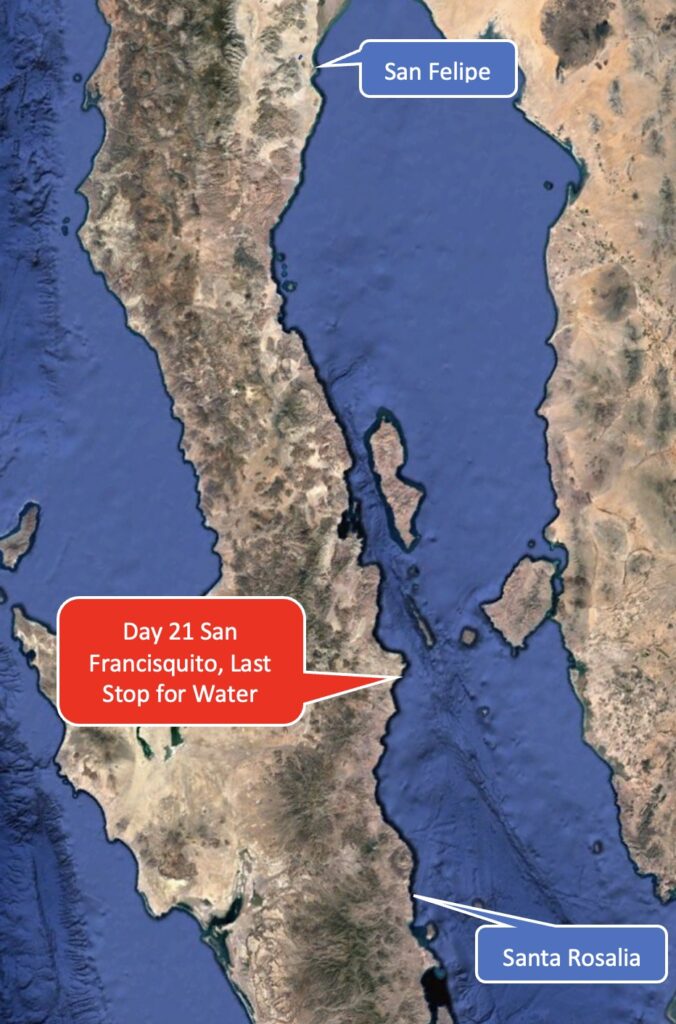
San Francisquito turned out to be a very nice place. There were lots of people here for Easter week, plus three groups of kayakers going south to Mulege. I had lunch: beef tacos, beans, rice, and a Pepsi. I had lunch with a guy from Alaska who was kayaking from San Francisquito to Mulege. He said this trip would complete everything from Bahia de Los Angeles to La Paz for him. He and three others were in collapsible kayaks, so they must watch what they do in the waves. The collapsible kayaks were necessary so they can get them on the airplane when they fly home from La Paz. There was another group of six kayakers who just arrived and will be leaving from San Francisquito tomorrow, heading south just like me. The owner of this place was very nice and spoke good English. It seemed that many Americans fly small planes into San Francisquito. There is a road that comes in from Highway 1, but it can’t be too rough because there were some normal passenger cars that had been able to make it here on the road. This was a place I would like to come back to someday. It has a stunning beach with bright sand and blue, clear water.
I bought two gallons of water. The water comes from a well and someone told me it was piped about 5 miles to the shore. This water must be very hard because the first time I used it for coffee, it made the cream curdle.
After eating lunch and filling my water bottles, I launched at about two o’clock and went for one hour along a very nice rocky coast with deep blue water next to it. There were lots of jagged vertical rocks in the water and onshore. There was a big bird feeding frenzy offshore moving from one hot spot to another. I could see a couple of hundred pelicans and several hundred gulls feeding on the fish. I pulled in for the night about five miles south of San Francisquito at the north end of a very long beach.

There were tracks everywhere on the beach and I have finally figured out that these tracks were caused by giant hermit crabs. They were about 2 inches wide and were everywhere on the beach. At about dusk I started seeing shells moving and, after checking, I found that many of the shells laying on the beach that I thought were empty, were hermit crabs. When the crabs pull back into the shell, they totally block the shell entrance with their legs and one large claw. I had been at an arts and crafts festival some months previous, and someone was selling large hermit crabs in little cages. I wouldn’t doubt that those hermit crabs came from Mexico.

The beach south of San Francisquito where I was staying for the night was partially surrounded by cliffs composed of fossil shells. On top of the cliff, there was an interesting barrel type cactus with re-curved hook-like spines not too far from the beach. Although I had settled in and pitched my tent, I had to move it two times as the tide kept getting higher. High tides happen! The moon was getting very bright, but still I saw five satellites pass overhead that evening.
All the hours of paddling have caused my right hand to be very painful. It seemed like the bones in my palm were separating. I wrapped my hand in duct tape and that seemed to relieve the pain and let me continue paddling.
Next: Day 22 – El Barril, A Mirage in the Desert?
Please comment on Two Miles to the Horizon
Back to the beginning of Two Miles to the Horizon

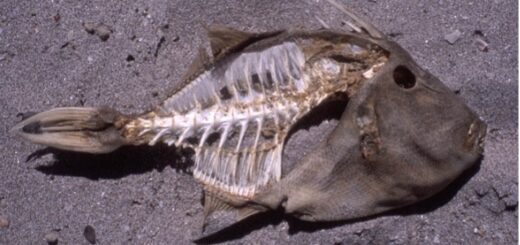
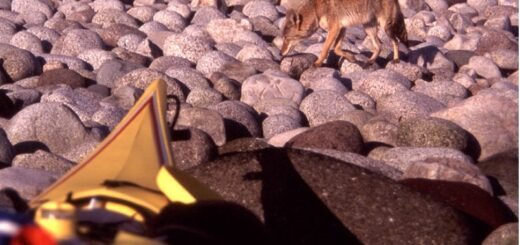


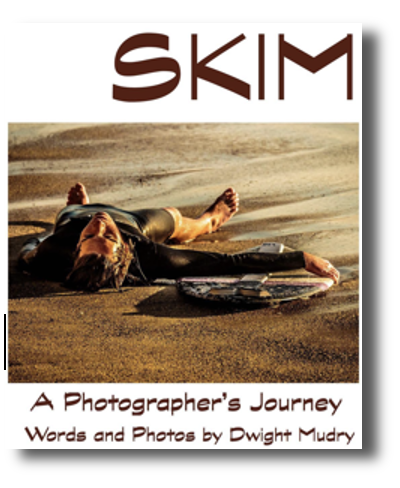
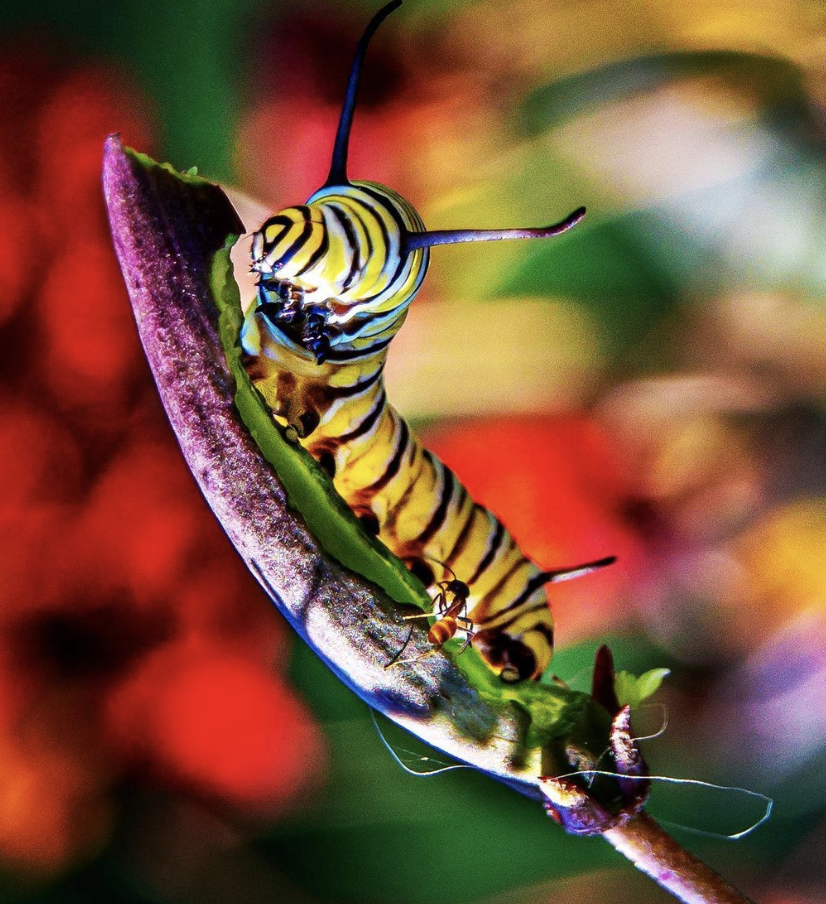
2 Responses
[…] 21– San Francisquito, […]
[…] Kayaking in Sea of Cortez San Fancisquito, Water! Day 21 […]